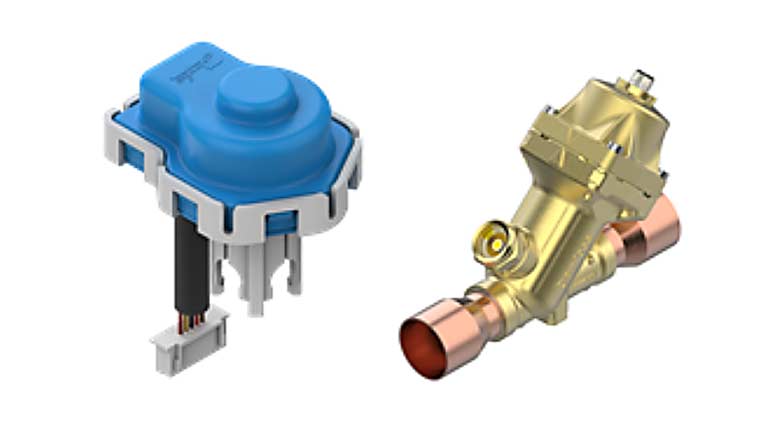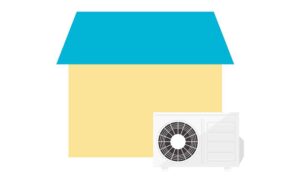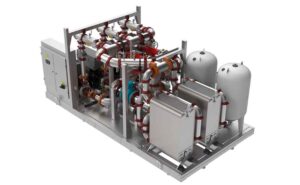Danfoss extends EEV applications
22nd September 2021
DENMARK: Danfoss has extended electric expansion valve options for OEMs with new models for large chillers and small air conditioning units and heat pumps.
The ETS 175L and redesigned ETS 250L are the first models of the ETS L series for large chiller and heat pump applications. Meanwhile, a new ultra-compact ETS 5M has been released for smaller systems.
The ETS L series replaces and complements the Danfoss ETS 250 and ETS 400 series. Designed to stand a higher minimum operating pressure drop than previous models, the two new valves are are compatible with low and medium-density HFC and HFO refrigerant blends, including A2L options.
Highly serviceable, the design makes it unnecessary to remove the valve body from the system.
Flow characteristics —linear or non-linear S-curves—enable system design optimisation according to OEM needs. They deliver cooling capacities from 233 to 307TR (822 to 1081kW) with R134a.
Danfoss reveals that the ETS L range will also include revamped ETS 400L and new ETS 550L, and new models specifically designed for oil-free systems and high temperatures from Q1 2022. These will offer more options in the Danfoss product ranges from the ETS 100C to the ETS 800P manifold, meeting wider system requirements. The Danfoss EEVs are complemented by the new EKF stepper motor valve driver—for single or two valves—and the EKE 2U backup power module, for even greater system reliability.
ETS 5M
OEMs designing smaller systems also have more options, after new tests and qualifications extended the potential uses for the ETS 5M—the ultra-compact EEV. The valve delivers cooling capacities from 2 to 6TR (8 to 21kW) on R410A.
Tests are said to have proven the ETS 5M to be resistant to vibrations and shocks in transport applications and highly reliable in low ambient temperatures.
According to Danfoss, these new capabilities enable the ETS 5M to be fitted in a wide range of refrigeration, air conditioning and heat pump uses—including air-to-air and ground-source residential heat pumps, air conditioning systems for electric buses, and cold rooms.
“Customers who already use ETS C Colibri and ETS L together can use the linear curve version to achieve a consistent closing curve across all circuits—regardless of the valve they choose,” said Alexander Abrass, Danfoss’ head of expansion valves. “The S-curve version matches the existing ETS 250, making transition easy. And having both versions available means OEMs designing new units can optimise system design according to their strategy.”







